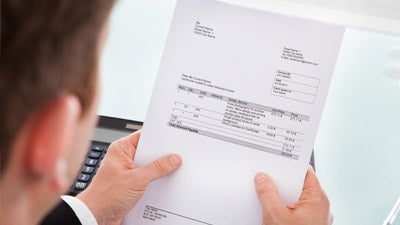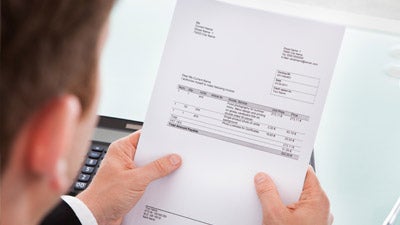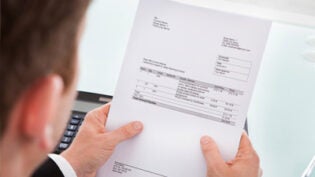
 Customer invoicing is a vital part of business operations that directly affects a company’s customers and vendors, as well as the company itself. Invoicing sounds like a simple procedure, but it can get quite complicated, depending on the circumstances.
Customer invoicing is a vital part of business operations that directly affects a company’s customers and vendors, as well as the company itself. Invoicing sounds like a simple procedure, but it can get quite complicated, depending on the circumstances.
To keep cash flowing, a business owner needs to know he or she can count on receiving customer payments in a timely manner. Clear and complete invoices help make this desire a reality. Various details and pieces of information result in the type of invoice a customer can understand. In effect, invoices are another communication tool used in the business-customer relationship. The creation of understandable, thorough invoices serves to communicate with the customer, keeping him or her informed and in the loop.
Eight Pieces of Information Needed for a Complete Invoice
1. Company Contact Information
Companies who’ve done business with a particular customer for a long time might assume that providing contact information on the invoice isn’t necessary. But the invoice is what the customer refers to with problems or questions. The company name, address, phone and fax numbers, email address, and contact person should be included with each invoice.
2. Customer Contact Information
Likewise, complete customer information should be included.
3. Agreed Terms & Specific Invoice Data
Specific invoice information, such as the date sent and invoice number, helps both parties keep thorough records. Each invoice should include the agreed payment terms, such as due in 10 days, one month, or upon receipt.
4. Concise, Complete Purchase Descriptions
A few specific words to describe the item and service, along with quantity and price help both parties maintain accurate sales and purchase records. Instead of saying “rug,” the description should say “5 x 8 ft indoor/outdoor sisal rug.”
5. Tax, Shipping, and Other Charges
Clearly displayed tax charges, shipping fees, and other fees, such as labor. Help the customer see how the final invoice price was calculated.
6. Message Box
As part of the invoice communication, a message box provides the business owner with a space to explain any further details or thank the customer for his or her business.
7. Preferred Payment Methods & Other Payment Information
Remind the customer of the previously discussed payment method and how to contact the office with any questions regarding payment.
8. Discount or Coupon for Future Purchase
Encourage future purchases by adding a discount or coupon to the bottom of the invoice. Many business owners use these as exclusive “thank you”s for regular customers.
Avoid Reinventing the Wheel
Whether the individual runs a small or large business, invoices are something he or she will create regularly. To be consistent, avoid customer confusion and make this part of back office operations more efficient, using invoice software can help tremendously. Rather than creating an entirely new invoice each time, invoice software allows the business owner to enter pertinent information and save the invoice as a template for future purchases. Different invoice templates can be created for different customers, as well, which can be an excellent way to demonstrate good customer service.
The information above should form the foundation for all invoices a business owner creates to ensure that both parties have clear, concise information, making the payment process as smooth as possible.
Published: October 25, 2013
3230 Views
3230 Views












